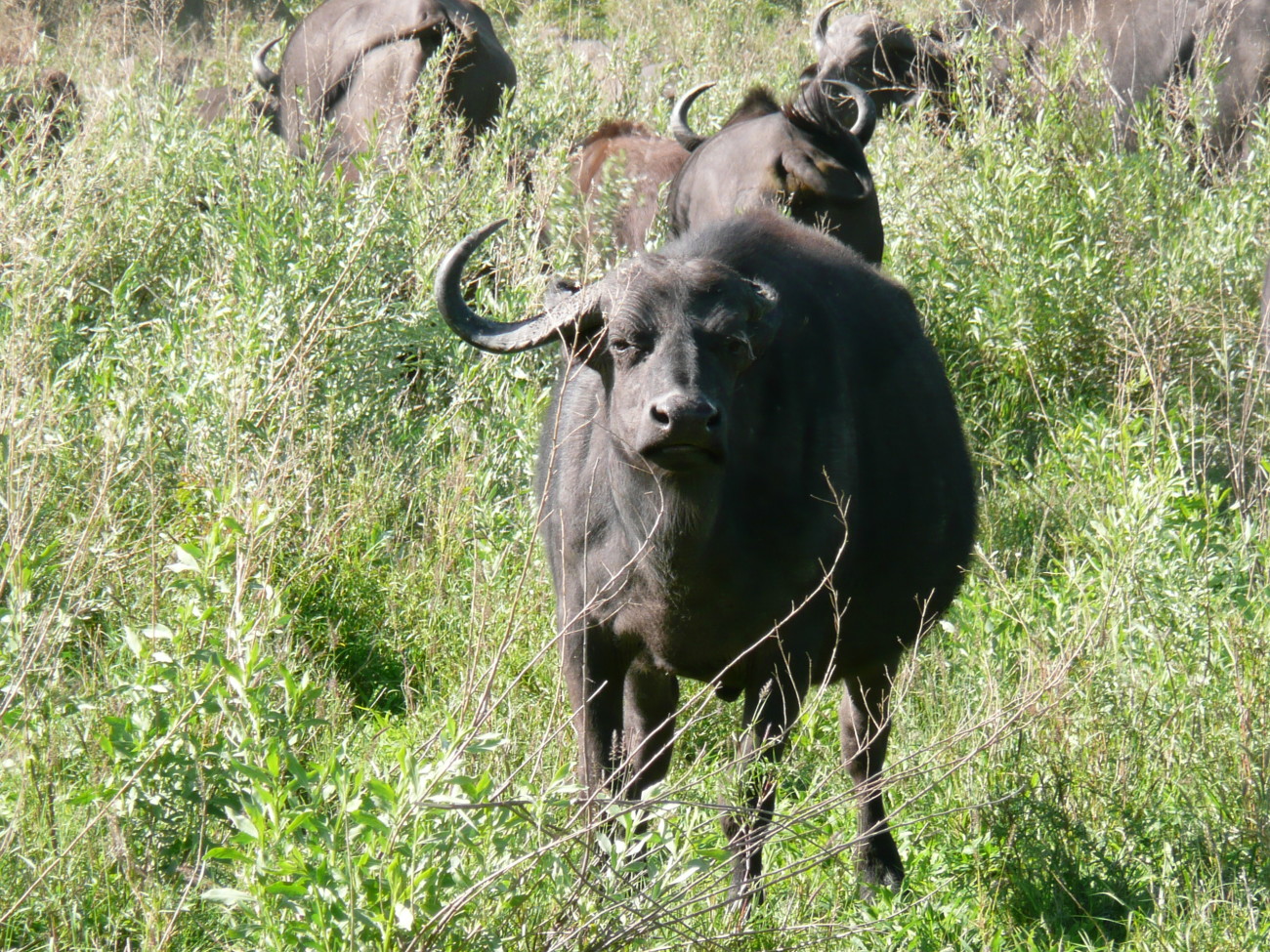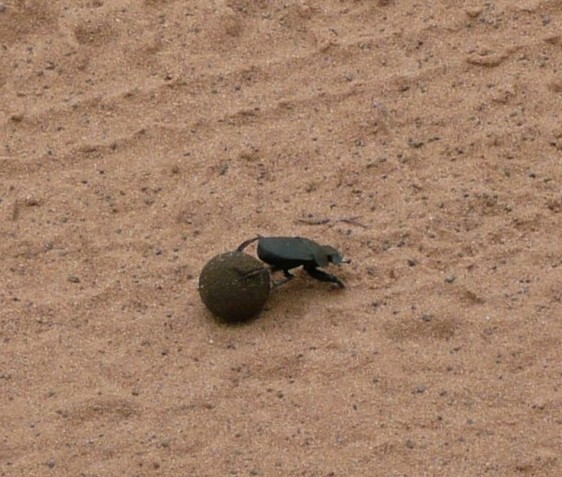
by Loti | Jun 21, 2013 | Animals, Art, United States
Boston, MA. I just can’t get enough of the glass models created by the Blaschka’s back in the late 1800’s. In addition to the thousands of flower and plant models they made, there is a whole series of jellyfish, octopuses and other invertebrates made from glass by the father and son. > This glass octopus is in The The Harvard Museum collection and is stunning to view. So what exactly is an invertebrate? Well, 97% of animal species alive today are invertebrate, meaning they have no backbone. Really! I had no idea. > This includes insects, crabs, snails, starfish, and of course octopus. With 8 arms equipped with suction cups, 2 eyes and a beak much like a bird’s beak (the only hard part of their body), the octopus is a highly intelligent animal. They use both short and long term memory to solve mazes and problems and are the only invertebrate to use tools. In one study, they were given a coconut shell which they took apart and reassembled as a shelter. And they make great designs on pants. Take Billy Horschel in the last round of the U.S. Open. While he didn’t win, everyone was talking about his Ralph Lauren octopus pants. A brilliant marketing strategy on the part of the Ralph Lauren folks. Now how cool is that! > > > > > ...

by Loti | Jun 11, 2013 | Animals, Reptiles, United States
Wilmington, NC. My what an interesting place, a serpentarium. Well that is a new one for me. A zoo that specializes in snakes may not be on everyone’s list of things to do, but it was high on my list when in town for my niece’s wedding. The Cape Fear Serpentarium is recognized as a leading world reptile collection with over 150 snakes, crocodiles and lizards. Cobras, pythons, mumbas and even a man eating crocodile. Very cool and kinda creepy at the same time. Pictured is a timber rattlesnake which is very prevalent in the Eastern US. Dean Rika, the owner and herpetologist (a person who studies reptiles) of The Serpentarium, devised a 5 scull and cross bone rating for how dangerous each snake is depending on venom, aggressiveness, and other factors. This snake gets 3 sculls which means you might die if you get bit and will likely have lasting debilitation. One scull means you will generally recover and 5 sculls (the max) means you will probably die or wish you had if you get bitten. Best not to have to try the ratings out! ...

by Loti | Jun 6, 2013 | Africa, Animals
Africa. Caught in the middle of a big herd of Cape Buffalos, our guide advises us to be still. There are hundreds of them and they just appeared out of no where. These animals are 6 feet tall, weigh 1,500 pounds and can run 35 miles an hour. Sit still, really! African Buffalos are considered one of The Big 5. I have often heard the term, but wasn’t sure what it meant. Big game hunters coined the phrase to reflect the ferocity of a group of animals when hunted. So we have the lion, elephant, leopard, rhino and cape buffalo making up the Big 5 and luckily today, most of the hunting is done with a camera. Although we know the hippo is the most dangerous animal alive, some experts consider the Cape Buffalo to be even more dangerous than the hippo as it kills more humans, on average, a year. And here we are, in the middle of them, in an open jeep. Yikes. Since a wounded Cape Buffalo is one of the few known animals that will purposely circle back on their own trail to lie in wait and hunt their pursuer, its a good thing we were only watching them. I wonder how they learned to do that? Pretty smart. Another of life’s many fascinations. ...

by Loti | Jun 3, 2013 | Africa, Animals, Insects
Africa. A dung beetle. One of the coolest bugs alive in my mind. Not only do they eat, breed and mate in dung, they are depicted throughout Egyptian history (the scarabs shown in ancient paintings), are the subject of an Aesop fable (The Dung Beetle and Eagle), and have recently been featured in studies on their GPS capabilities. Plus, they play an important role in agriculture. Wow. So here we have a dung beetle, on a road in Africa, rolling his ball of dung as fast as he can so robber beetles don’t steal it (and his girl, as the female often goes along with the ball). I’m not sure what I was thinking when I took this picture 5 years ago. Little did I know it would turn into one of my many new fascinations! This species of dung beetle (there are over 6,000 different species) harvests material from a fresh dung pile and shapes it into a ball. Then he rolls it away before some bigger beetle steals it? And he must roll it in a straight line, otherwise he just goes around in circles which invites robbers. New studies show, at night, they use the Milky Way as a guide making it the first known animal species to use a celestial compass. And they are very important in agriculture. Australia imported 23 species of beetle to clear dung from the fields which keeps the fly population down and off the cattle. Basic animal husbandry. They also improve soil structure by recycling nutrients. Who would have thought? Oh and by the way, they are the strongest insect...

by Loti | May 10, 2013 | Africa, Animals, Keystone Species, Thailand
Thailand. I can’t imagine what a starfish (shown in the photo with some other shells I found in Thailand) and an elephant might have in common. But they are both keystone species. So what is this new species? (And why have I never heard of it?) Think of an arch of stones with a stone at the top, the keystone. Without the keystone, the arch collapses. A keystone species (a plant or animal) acts as the top stone, playing a critical and unique role in maintaining the structure of an ecosystem. This concept was conceived by Robert Paine, a zoologist, back in 1969. Back then, he was studying tidal waters inhabited by starfish and mussels off the Pacific coast. The starfish (the only predators of the mussels) kept the mussel population in check. When he removed the starfish from the ecosystem, the mussels took over, crowding out all the other species and the ecosystem collapsed. The starfish (it turns out) were critical to the health of their ecosystem. In much the same way, the elephants in Africa eat and destroy small trees making room for the grasses for the grazing animals to eat. Without the elephants, Africa would become a woodland and no longer provide grasses for the zebra, wildebeests and other animals. So both the starfish and elephant are considered keystone species along with mountain lions, beavers, the sugar maple, grizzly bears and a host of others. Lions and tigers and bears, oh my!...






